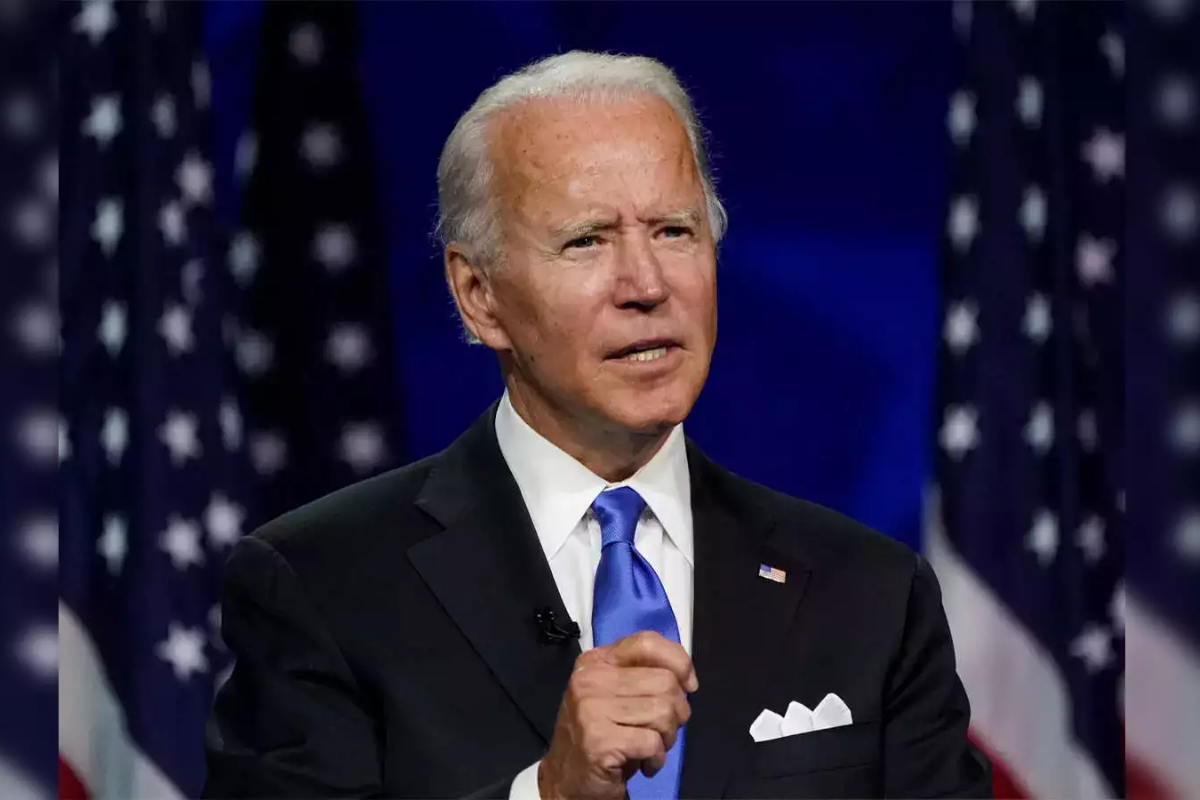- Developing and rising countries must spend $2 trillion yearly by 2030 to avert global warming.
- Private and public sources must provide the remaining $1.4 trillion.
- Britain and Egypt are hosting COP27 in Sharm el-Sheikh this week.
A UN-backed analysis says developing and rising countries excluding China require spending well beyond $2 trillion yearly by 2030 to avert global warming and cope with its repercussions.
Britain and Egypt, hosts of the 2021 UN climate summit in Glasgow and this week’s COP27 in Sharm el-Sheikh, commissioned a trillion-dollar analysis.
The Tuesday report stated that private and public sources must provide the remaining $1.4 trillion.
$500bn is invested in developing economies other than China.
The research said the world needs a breakthrough and a new pathway on climate financing to mobilize the $1 trillion in external money needed by 2030 for emerging markets and developing countries (EMDC) other than China.
Finance for Climate Action is a 100-page investment strategy for greening the global economy fast enough to meet Paris climate treaty targets of capping global temperature rise at two degrees Celsius and 1.5C, if practicable. Scientists fear that warming above that threshold might turn Earth into a hothouse.
The report is one of the first to map out the investment needed across the three broad areas covered in UN climate talks: reducing greenhouse gas emissions that drive warming (mitigation), adapting to future climate effects (adaptation), and compensating poor and vulnerable nations for unavoidable damages already incurred (loss and damage).
“Unlocking large climate financing was key” to fixing development issues, according to research lead Vera Songwe.
“This means countries must have access to affordable, sustainable low-cost financing from the multilateral development banks to help crowd in investments from the private sector and philanthropy to support the energy transformation, build resilience and protect natural capital,” she said in a press release.
To accelerate and scale impact, financing alone is not enough.
The research recommends doubling developed country grants and low-interest loans from $30bn to $60bn by 2025.
“These sources of finance are crucial for emerging markets and poor countries to support efforts on restoring land and nature, and for preventing against and responding to the loss and damage due to climate change impacts,” the authors stated.
India, Brazil, South Africa, Indonesia, and Vietnam are “emerging market” nations that have grown rapidly and emitted more greenhouse gases.
China, a hybrid nation, was removed from the latest estimations.
Beijing has positioned itself as a major international investor with its Belt and Road Initiative and promotion of “South-South” investment across the developing world. Its economy, the second largest in the world, is advanced.
Developing nations, many of which are in Africa, are the poorest and most vulnerable to climate hazards, such as small island states threatened by sea-level rise and stronger cyclones.
“Most of the expansion in energy infrastructure and consumption predicted over the next decade will be in emerging market and developing countries,” said Nicholas Stern, the report’s other co-lead.
“If they lock in dependency on fossil fuels and emissions, the world will not be able to avert devastating climate change, harming and destroying billions of lives and livelihoods in both rich and poor countries,” he continued.
[embedpost slug=”ukraines-climate-change-urgency-rishi-sunak”]





















